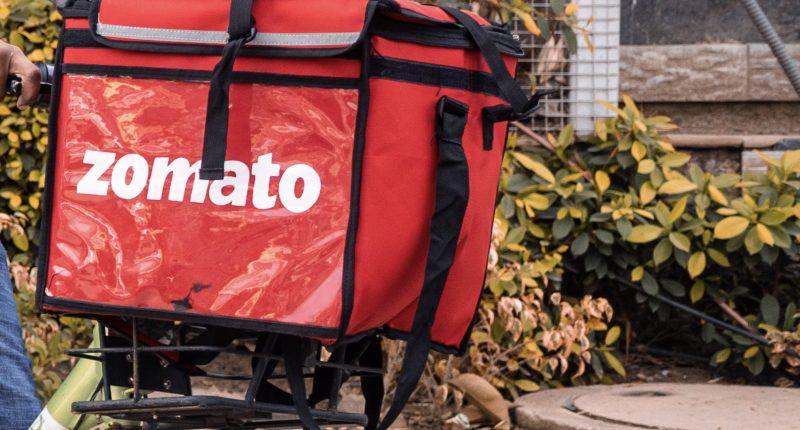When one puts “Zomato” and “2021” in the same sentence, the first thing that comes to mind is the spectacular IPO of the online food delivery aggregator. However, with greatness comes greater liabilities, it seems, after the Gurgaon-headquartered firm reported an increase of more than three times when it comes to losses for the April-June quarter, in its first quarterly earnings report since the IPO.
Zomato had gone public last month, and its shares had been oversubscribed by 38 times when the IPO closed. Despite delivering its billionth order last week, the impact the pandemic had on its dining-out business was clearly felt after the firm reported a net loss of ₹356 crores on a consolidated basis, compared to a loss of ₹ 99.8 crores in the year-ago period, and a net loss of $48 million in the quarter that ended in June, up from about $13.5 million during the same period last year. Zomato’s total expenses in the quarter came to ₹1,259 crores, an increase from ₹383 crores in the same quarter last year.
Why did Zomato incur such losses so soon after a record-breaking IPO? The answer lies not in the IPO but the second wave of the pandemic which hit the country in April. Zomato’s dining-out business was severely affected by the second wave, and most of the gains “the industry made in Q4 FY21” had been reversed.
However, not all news is dire, as the April-June quarter observed Zomato’s highest-ever gross order value, the number of orders, transacting users, as well as active delivery partners in its history. Similarly, its revenue grew from $35.7 million to $113.4 million during the aforementioned period, and its revenue from operations in the first quarter of the current fiscal year increased from ₹266 crore to ₹844 crores. Total income of the company during the quarter increased from ₹286.5 crore to ₹916 crores. This growth of revenue has been attributed to the growth of Zomato’s core food delivery business, which prospered despite the pandemic.
“It took us six years to get to this milestone and we hope it takes us much less time to deliver the next billion. The fact that 10 percent-plus of these billion orders were delivered only in the last three months makes us confident about getting to the next billion much sooner,” Zomato CEO Deepinder Goyal said in a blog post.
The post added, “This is largely on account of non-cash ESOP expenses which have increased meaningfully in Q1 FY22 due to significant ESOP grants made in the quarter pursuant to the creation of a new ESOP 2021 scheme. This divergence in reported profit/loss and Adjusted EBITDA will continue going forward.”
The food delivery sector has gained traction during the pandemic as people were confined to their homes, propelling firms like Zomato and Swiggy to the forefront. According to statistics, the gross order value of Zomato registered a year-on-year growth of more than four times to ₹ 4,540 crores in the April-June quarter. Zomato maintained that its food delivery business in the country continued to “remain contribution positive even though the contribution margin reduced slightly in the quarter ending June as compared to the previous quarter on account of growing investments in addition to the costlier business environment (due to lockdowns) in which this growth was achieved.”





